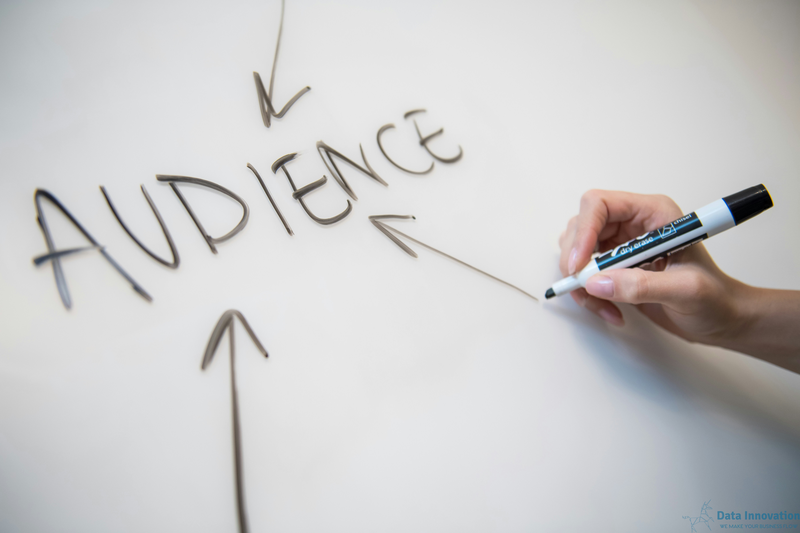Business Process Transformation Through Data Utilization
In a world increasingly governed by data-driven decision-making, companies continue to explore ways to optimize their operations and strategies to improve efficiency and effectiveness. The transformation of business processes through intelligent data use involves integrating advanced techniques such as data visualization, ETL (Extract, Transform, Load) processes, and market predictions. Below, we explore how these methodologies can revolutionize business processes from the perspective of a business optimization expert.
1. The Importance of Data Visualization
Data visualization is a powerful tool for understanding complex patterns and hidden trends in large data sets. By converting raw numbers into comprehensible and visual graphs, companies can effectively communicate critical insights, facilitating decision-making at all levels of the organization. The implementation of interactive dashboards allows managers to monitor performance in real time and adjust strategies quickly as market conditions change.
Practical Example:
Imagine a dashboard that displays the performance of email marketing campaigns with graphs indicating open rates, clicks, and conversions in real time. This type of visualization helps identify which campaigns are performing well and which need adjustments, allowing for quick reactions that can significantly improve campaign results.
2. ETL Processes
ETL processes are essential for handling the large amount of data that companies accumulate daily. This process involves extracting data from various sources, transforming it to ensure quality and uniformity, and loading it into a system that makes it accessible and useful for business analysis.
Practical Example:
A retail company could use ETL processes to combine data from online and physical store sales, customer service data, and social media feedback. This process ensures that all data is in a consistent format and ready for analysis, which is vital for gaining a comprehensive view of customer behavior.
3. Market Predictions Using Data
Predictive analysis uses historical data and machine learning algorithms to forecast future trends and behaviors. These predictions can help companies anticipate market changes, better understand consumer needs, and adapt their strategies to remain competitive.
Practical Example:
A company could analyze the purchasing patterns of its customers and use predictive models to anticipate products that will be more in demand in the upcoming season. This information could guide inventory and marketing decisions, optimizing both sales and customer satisfaction.
Conclusion
The transformation of business processes through the intelligent use of data represents a significant competitive advantage in today’s economy. Integrating techniques such as data visualization, ETL processes, and predictive analysis not only optimizes internal operations but also improves customer interactions and adaptability to the market. Companies that invest in these technologies and skills are better positioned to thrive in an increasingly complex and data-driven business environment.
¡Let’s talk today https://datainnovation.io/contactar/!
Source: Link


